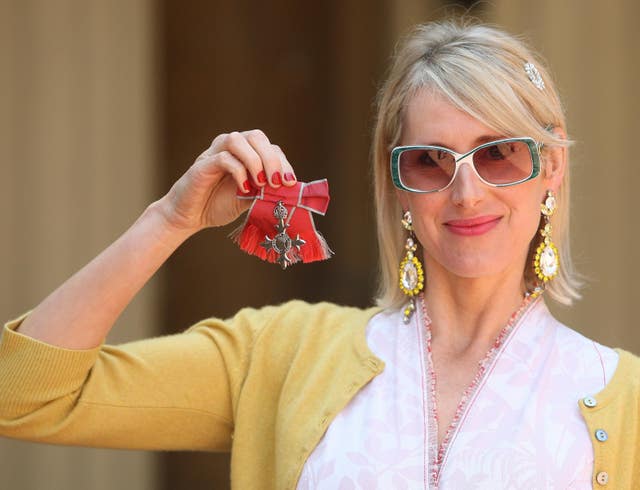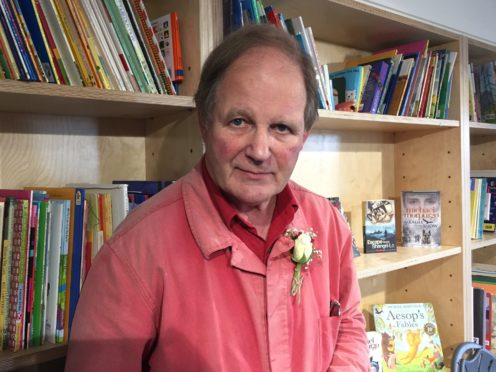Parents have been urged to continue reading to their children even when they can fluently do so themselves.
It comes as research, published for World Book Day, found a fall in children and young people who say that they enjoy reading.
Over half (53%) of eight to 18-year-olds are reading for pleasure in 2019, down from 59% in 2016, the study for the National Literacy Trust said.
Only 26% are reading daily outside the classroom, compared with 43% in 2015.
Meanwhile, Nielsen Book Research’s separate survey found that most parents stop reading to their children when they turn eight.
War Horse author Michael Morpurgo has backed a call for parents to continue reading to their children “well into their teens”.
The Nielsen research found that 32% of British children up to the age of 13 are read to daily by an adult for pleasure, down four points from last year
And 19% of children aged between eight and 10 have books read to them by an adult daily, with the figure lower for boys (14%) than girls (24%).

Experts say that being read to by a parent promotes independent reading.
Children’s Laureate and author Lauren Child said: “Reading aloud with your child at any age is a wonderful way of connecting because you see what excites and interests them, and it’s also a way of understanding what’s going on inside their head.
“It’s a lovely way of winding down at the end of a day for both parent and child. And it’s letting them know by example that books are a good thing, creating a habit of reading and a special bond. For children, reading can be a gateway to learning but also to happiness.”
Alison David, consumer insight director of Egmont Publishing, which co-funded the research into adults reading to their children, said that “being read to, just for pleasure, should be an intrinsic part of the school day, as normal, unquestionable and as unchangeable as lunch break.”
She said: “We know that reading to children is a very effective way to encourage them to read independently but, sadly, many parents simply don’t know what a great impact they could have on their children’s lives if they read to them daily…
“Reading to them throughout childhood reinforces the great pleasure of sharing a story; it creates quality time in hectic family schedules, close moments of parent-child bonding and, effectively, future-proofs a reading habit.”
